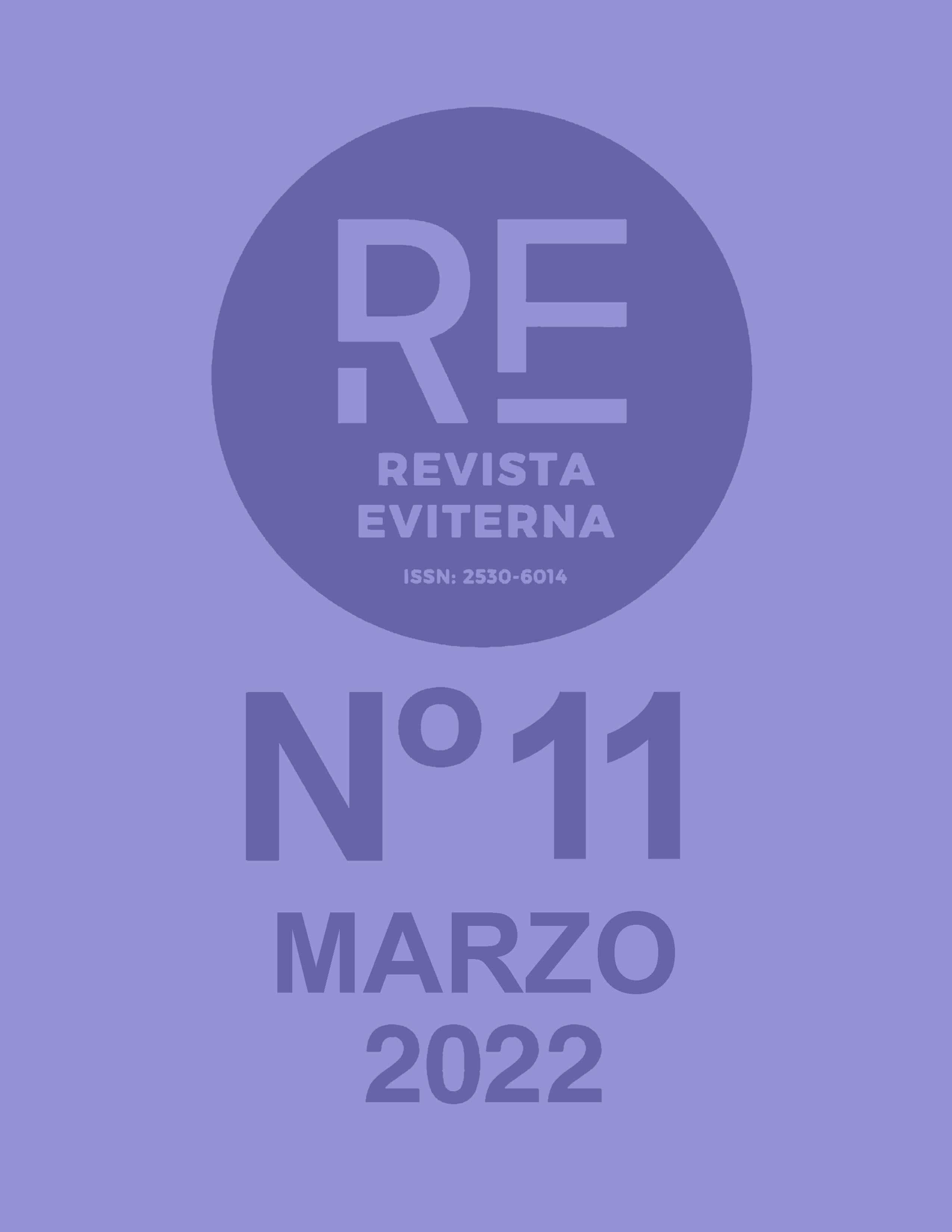What the truth hides
On specular allegories in the Golden Age of cinema
DOI:
https://doi.org/10.24310/Eviternare.vi11.14084Keywords:
Classic cinema, Hollywood, Iconography, MirrorAbstract
The mirror has been a recurring motif throughout the History of Art. Its iconography has been associated, moreover, with ambivalent, if not directly contradictory meanings, depending on the historical moment in which it was used by artists in their compositions. In the twentieth century, the art of cinematography enthusiastically picked up this tradition, turning it into an element that, used with subtlety, enriched the staging of many films. This work aims to outline an approach to the iconographic treatment that the mirror has had on the big screen, focusing its attention mainly on the period from the beginnings of sound cinema to the irruption of the cinematographic avant-garde in the late fifties.
Downloads
Metrics
Publication Facts
Reviewer profiles N/A
Author statements
Indexed in
-
—
- Academic society
- N/A
- Publisher
- Universidad de Málaga
References
Altuna, B. (2010). Una historia moral del rostro. Valencia: Pre-Textos.
Balló, J. (2000). Imágenes del silencio. Los motivos visuales en el cine. Barcelona: Anagrama.
Campell, S., Healey, E., Kuzmin, Y. y Glascock, M. (2021). The mirror, the magus and more: reflections on John Dee’s Obsidian mirror. Antiquity, vol. 95 (384), 1547-1564.
Eco, U. (1988). De los espejos y otros ensayos. Barcelona: Lumen.
Gámez Salas, J. M. (2018). Sobre la iconografía de las virtudes en la Sala de la Audiencia del Tribunal della Mercanzia de Florencia, Círculo Cromático, 1, 30-50.
Lenaers Cases, S. (2013). El espejo como reflejo de los mundos de la enajenación en el arte. En Herejía y Belleza. Revista de estudios sobre el movimiento gótico, 1, 139-150.
Lurker, M. (2018). Diccionario de imágenes y símbolos de la Biblia. Barcelona: Herder.
Melchior-Bonnet, S. (1996). Historia del espejo. Barcelona: Herder.
Morris, D. (2005). La mujer desnuda. Un estudio del cuerpo femenino. Barcelona: Planeta
Pendergrast, M. (2003). Historia de los espejos. Barcelona: Vergara.
Seneca, L. A. (2013). Cuestiones naturales. Madrid: Gredos.
Silva Maroto, P. et al. (2016). El Bosco. La exposición del V centenario. Madrid: Museo Nacional del Prado.
Zuffi, S. (2001). Espejo de mis deseos. En Zuffi, S. y Bussagli, M.: Arte y erotismo. La fascinante relación entre arte y eros (pp. 191-211). Milán: Electa.
Downloads
Published
How to Cite
Issue
Section
License
All the contents published in Revista Eviterna are subject to the Creative Commons Reconocimento-NoComercia-Compartirigual 4.0 license, the full text of which can be found at <http://creativecommons.org/licenses/by-nc-sa/4.0>
They may be copied, used, disseminated, transmitted and publicly exposed, provided that:
The authorship and original source of your publication (Journal, editorial and URL of the work) are cited.
They are not used for commercial purposes.
The existence and specifications of this use license are mentioned.

Copyright is of two kinds: moral rights and patrimonial rights. Moral rights are perpetual, inalienable, inalienable, inalienable, inalienable and imprescriptible prerogatives.
In accordance with copyright legislation, Revista Eviterna recognizes and respects the moral rights of the authors, as well as the ownership of the economic right, which will be transferred to the University of Malaga for dissemination in open access.
The economic rights refer to the benefits obtained by the use or disclosure of the works. Revista Eviterna is published in open access and is exclusively authorized to carry out or authorize by any means the use, distribution, disclosure, reproduction, adaptation, translation or transformation of the work.
It is the responsibility of the authors to obtain the necessary permissions of the images that are subject to copyright.







12.png)



